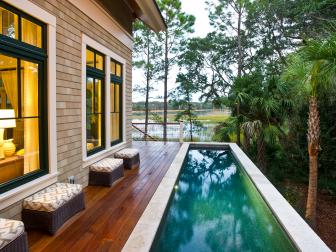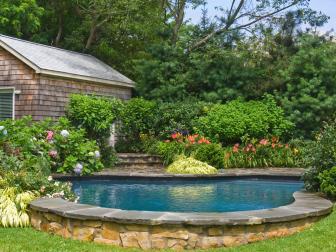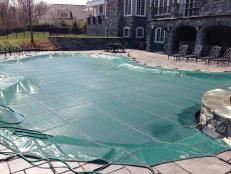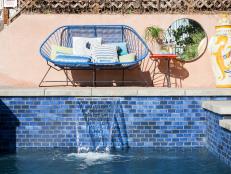Is It OK to Put an Above-Ground Pool in the Ground?
It’s possible, but there’s a lot to know before putting your above-ground pool in the ground.
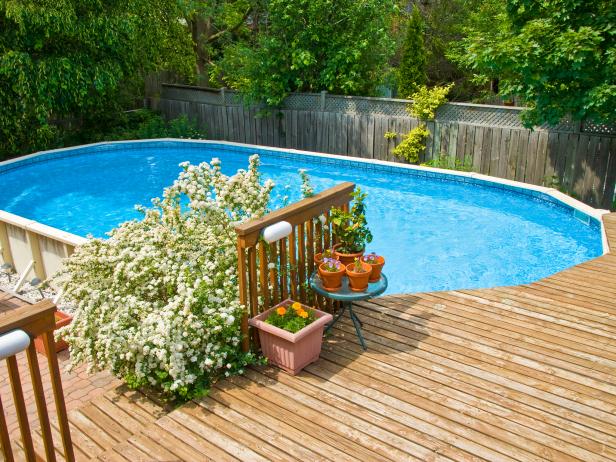
Chiya Li
Backyard swimming pools are summertime joy but can be expensive. The average cost of a classic in-ground, concrete-lined swimming pool that’s 14x28 feet is $30,000 to $50,000. That can be a lot of bucks per splash. Above-ground pools are the much-less-expensive alternative. The average price of a circular, 18-foot above-ground pool is about $3,000, with larger, top-of-the-line pools costing $7,000 to $8,000, including installation.
But in-ground pools have advantages, such as ease of entry, ease of maintenance and the fact that in-ground installations keep water temperatures more stable. Plus, they’re better looking. Which prompts the question: Is it OK to put an above-ground pool in the ground?
The answer is yes, you can. But you need to be aware of several factors that ensure your success — and satisfaction — for years to come.
Digging the Hole
First, you’ll still need to dig a hole. Excavation of a hole big enough for an 18-foot round pool can cost $500 to $1,500 if your yard is easily accessible for heavy machinery and the soil isn’t problematic. Difficult sites and soil that’s full of rocks or other obstructions can drive excavation prices to $10,000 and more.
Also, above-ground pools are put together on-site. That means the pool will be constructed inside the hole you’ve dug — and that means the hole needs to be larger than the pool so there’s room to work on the outer pool sides. The hole should include a 1½ to 2-foot margin all the way around so a worker has enough space to access all the pool components.
Smart Backfilling
During excavation, you’ll want to keep some of the excavated soil nearby so you can backfill around the pool once it’s complete. But don’t backfill until you’ve filled the pool with water. Most above-ground pools aren’t designed to withstand pressure from the outside. If you backfill around an empty pool, you run the risk of the pool structure collapsing inward.
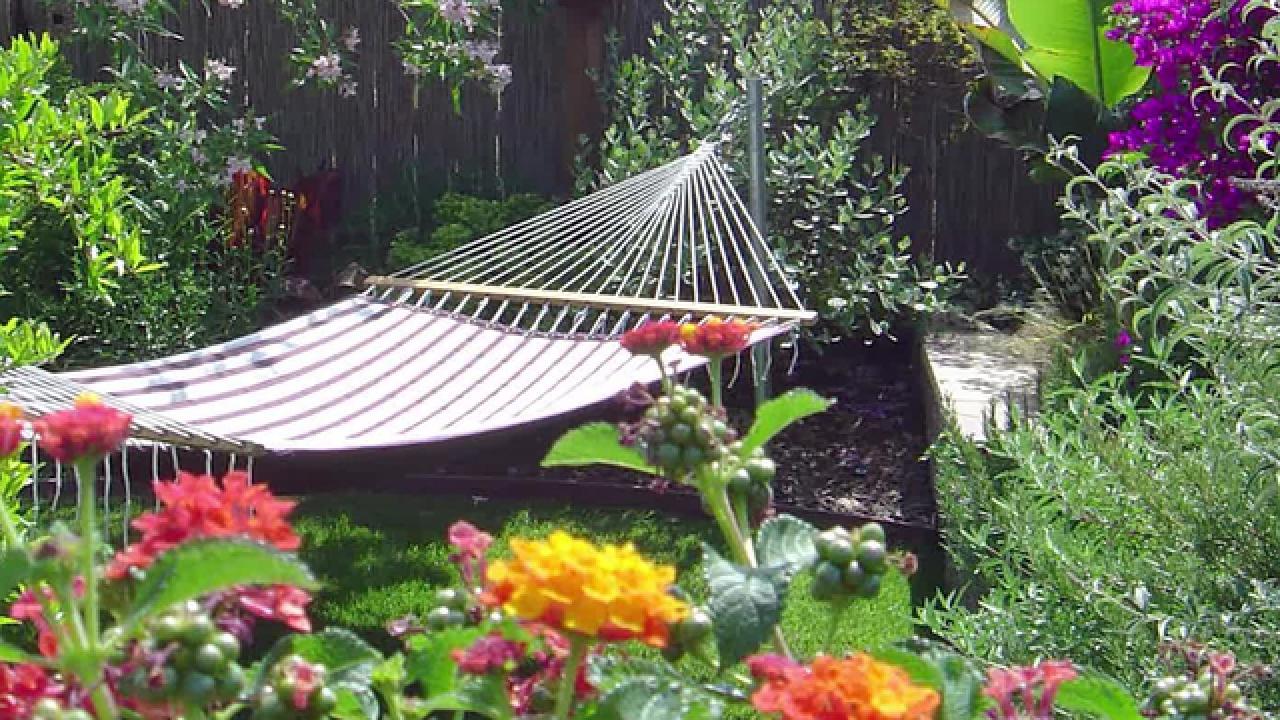
Plan for Safety
An above-ground swimming pool has a built-in measure of safety because the edge of the pool is high off the ground and out of reach of small children. A gated, lockable ladder adds an essential layer of safety. An in-ground pool, however, is more of a concern. Fencing off the pool completely is the best option for keeping your pool safe and secure, and many municipalities and local governments have mandatory fencing regulations. Depending on the size of the area you want to enclose, a fence costs $1,000 to $5,000. A gate is $300 — and make sure your gate has childproof locks.
The Partial In-Ground Option
Some pool installation professionals suggest putting an above-ground pool only halfway in the ground. Doing so reduces excavation costs and minimizes the risk of the pool collapsing inward if it needs to be drained. The pool surface is more accessible for cleaning duties, and any surrounding deck you build won’t be so high off the ground. You’ll still need to surround the pool area with a safety fence to prevent unwanted access to the pool.
Check the Warranty
Before you buy an above-ground unit with the intention of setting it in the ground, check the manufacturer’s warranty. The warranty may be voided if the pool is installed below grade.
More on Pools
In-Ground vs. Above-Ground Pools
Consider your budget and surroundings when deciding what type of pool suits you.
Swimming Pool Maintenance
Follow these tips for regular maintenance and for winterizing your pool.






